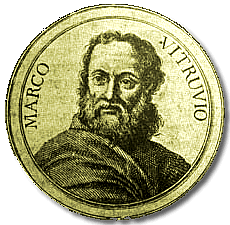One of the most significant ways of distinguishing and classifying types of design is in terms of the sense or senses primarily adressed, e.g. as visual, auditory or audiovisual. These types of design will be explored and explained further on, based on Thomas Munro's study. The first one we are introduced with is Visual, Static, Surface Design, which is mostly presented in two dimensional space, with a flat, curving or even polyhedral surface. It's usual elements are line, color and texture which may sometimes have slight variations of surface, shape, mass and void shape. There are three main subdivisions distinguished from this design. Strip Design is mostly extended in one dimension lengthwise and is developed through addition or division of units. Design variations can appear through it's dimensions, be them flat or slightly three dimensional. Munro emphasizes that a design which is actually and preventatively flat may be suggestively three dimensional, giving illu


